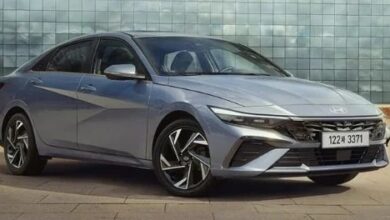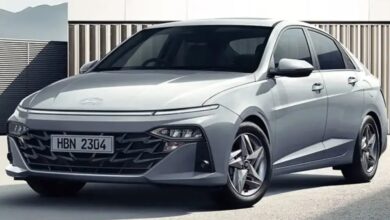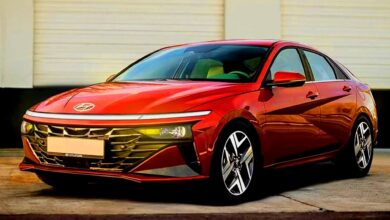Reviewing the Fuel Efficiency of the Fiat 500 Hatchback
Fiat 500 Hatchback. where we will be reviewing the fuel efficiency of the Fiat 500 hatchback. As fuel prices continue to rise and environmental concerns grow, it is crucial for car buyers to consider the MPG (miles per gallon) of a vehicle before making a purchase. In this article, we will delve into the details of the Fiat 500’s MPG, discussing its performance, engine options, and fuel-saving features.

A range of small engines means the Fiat 500 will be a cheap car to own – even if it’s not always as efficient as Fiat claims
If you’re looking for a stylish car at an affordable price, the Fiat 500 is an excellent alternative to models like the MINI Hatch. While it may be cheaper to purchase than its retro-inspired counterpart, it can be more expensive than most popular city cars if you opt for a higher trim level. It’s important to note that there is now an all-electric version of the Fiat 500, which is a completely new model with the same name as the original “classic” Fiat 500 being reviewed here. This electric model is likely to eventually replace the petrol-powered 500, but for now, both options are available and we have tested the electric version separately.
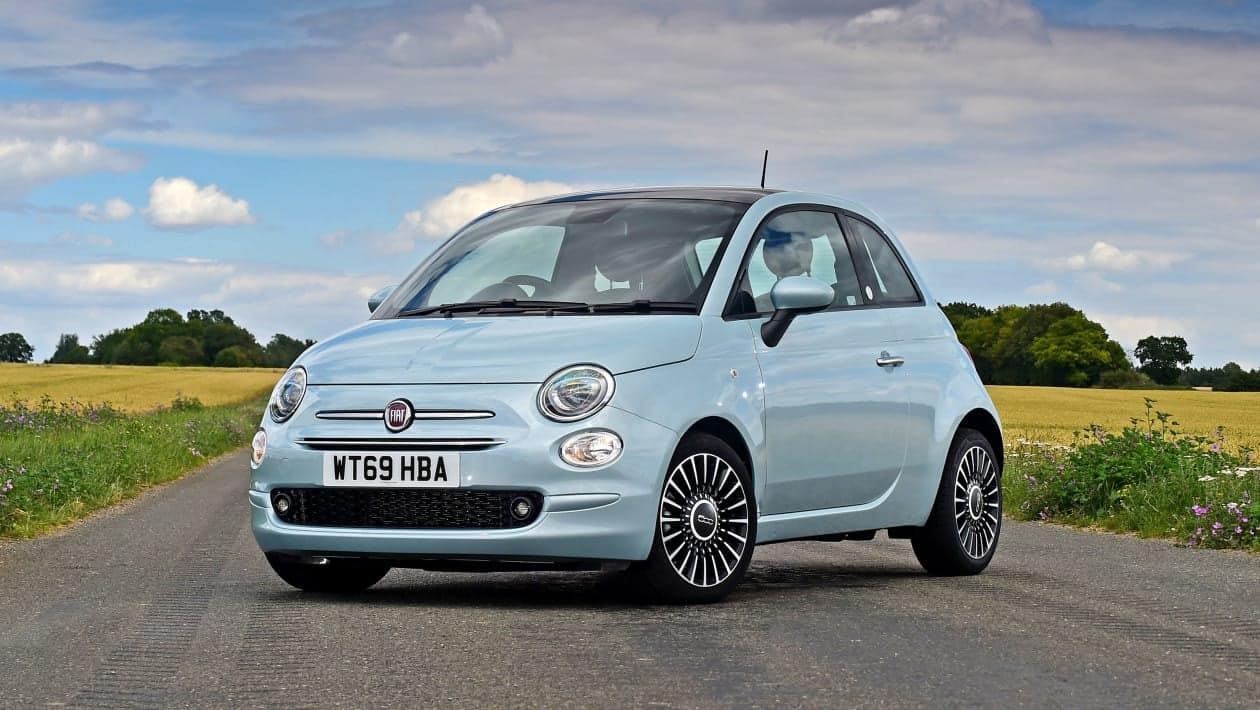
In terms of fuel efficiency and emissions, the 1.2-litre petrol engine in the Fiat 500 was becoming outdated, but still offered decent efficiency. However, it was only available with an automatic gearbox, limiting its MPG to 46.3 and CO2 emissions to 138g/km. Nevertheless, it remains a solid choice for those considering a used Fiat 500.
The current petrol-powered Fiat 500 now features a new 1.0-litre, three-cylinder engine with mild-hybrid technology. This technology includes a small battery and a tiny electric motor that improves overall efficiency. When you brake, energy is harvested and used to provide a boost to the engine during acceleration, as well as enhance the effectiveness of the stop-start system. The dash display prompts you to shift into neutral while slowing down, allowing the engine to switch off when coasting below 18mph. With a fuel economy of 60.1mpg and CO2 emissions starting from 105g/km, the Fiat 500 Mild Hybrid offers affordable option for company-car drivers.
Contents
The Fiat 500 Hatchback
The Fiat 500 hatchback is a compact car known for its stylish design and nimble handling. It is available in various trim levels and comes with different engine options. One of the key factors that potential buyers consider is the car’s fuel efficiency, which directly impacts their overall cost of ownership.
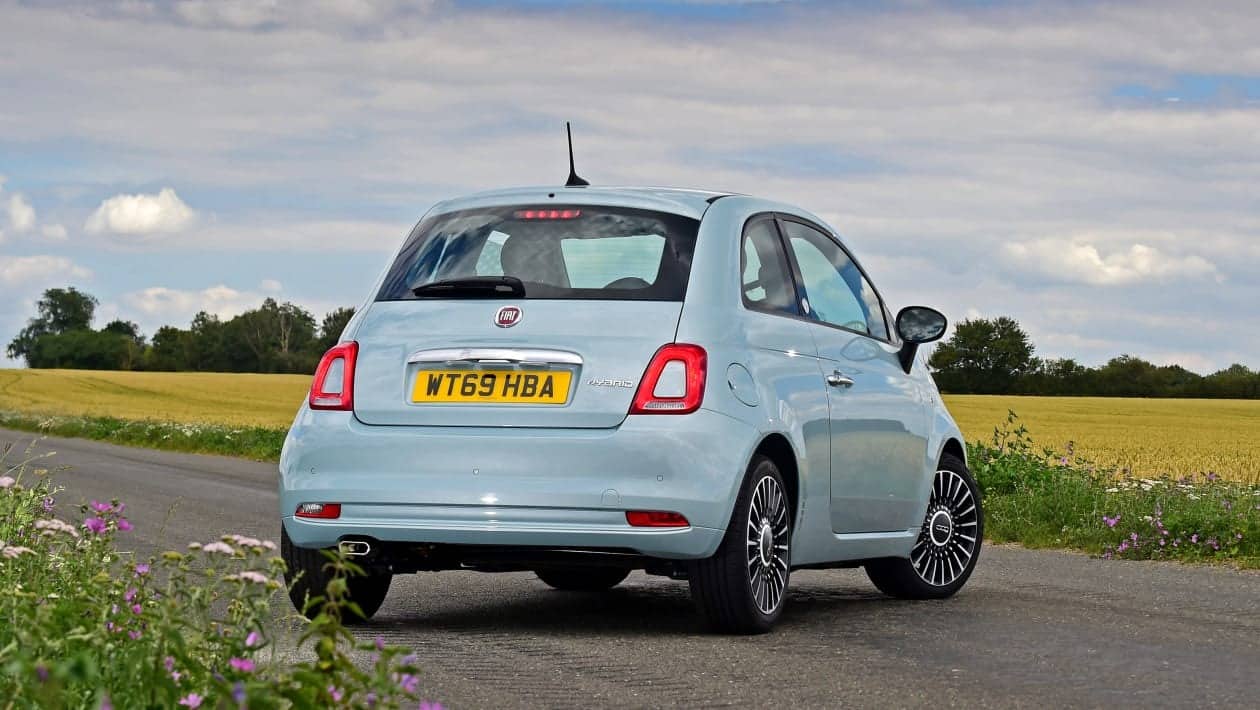
Engine Options
The Fiat 500 hatchback offers three engine options, each with its own MPG rating:
- 1.2-liter four-cylinder engine: This base engine generates 101 horsepower and delivers an impressive fuel efficiency of around 30 MPG in the city and 38 MPG on the highway.
- 1.4-liter four-cylinder engine: The mid-range option produces 135 horsepower offers a slightly lower MPG rating of 28 in the city 33 on the highway.
- 1.4-liter turbocharged four-cylinder engine: The top-of-the-line engine provides enhanced performance with 160 horsepower but sacrifices some fuel efficiency, offering around 26 MPG in the city and 31 MPG on the highway.
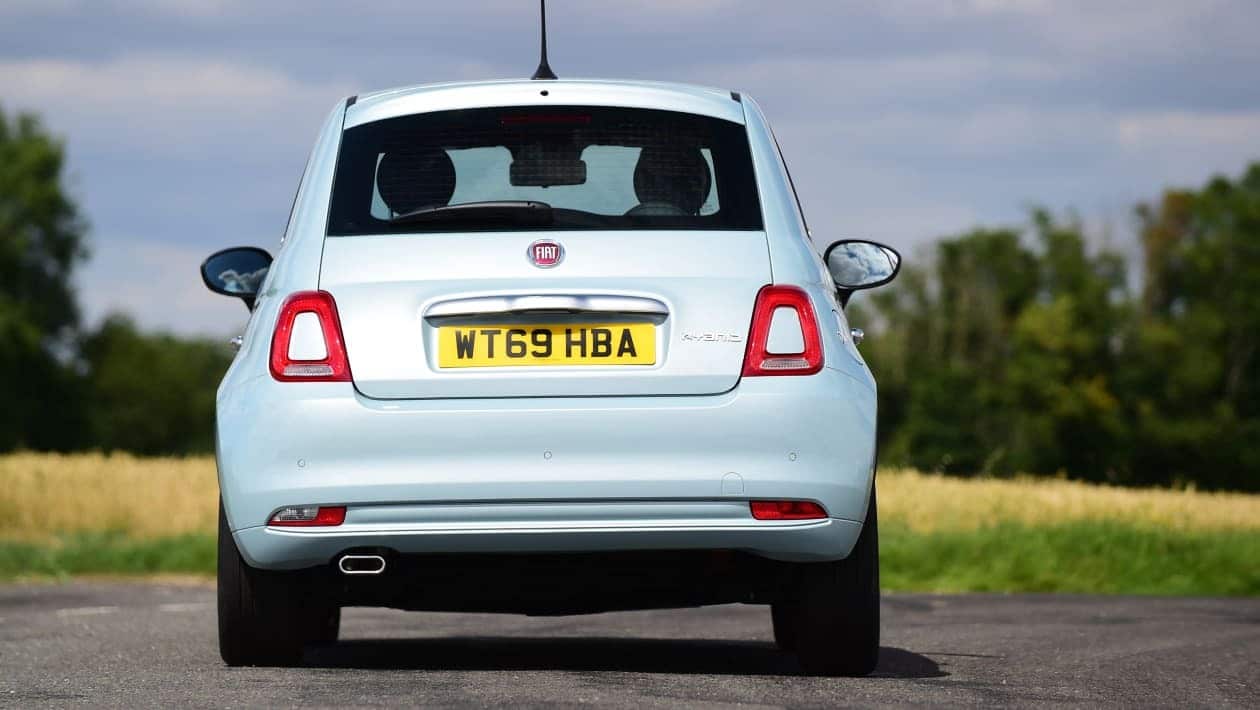
Fuel-Saving Features
The Fiat 500 hatchback incorporates several fuel-saving features to optimize its MPG rating:
- Start-Stop Technology: This feature automatically shuts off the engine when the car comes to a stop, such as at traffic lights, and restarts it when the driver releases the brake pedal. By reducing unnecessary idling, this technology improves fuel efficiency, particularly in urban driving conditions.
- Eco Mode: The Eco mode can be activated at the push of a button, adjusting various vehicle settings to prioritize fuel economy. This includes optimizing throttle response and adjusting transmission shift points to achieve maximum efficiency.
- Aerodynamic Design: The Fiat 500’s sleek design helps reduce wind resistance, improving its overall fuel efficiency. From its sloping roofline to its carefully sculpted sides, every aspect of the car’s design has been considered to minimize drag and maximize MPG.
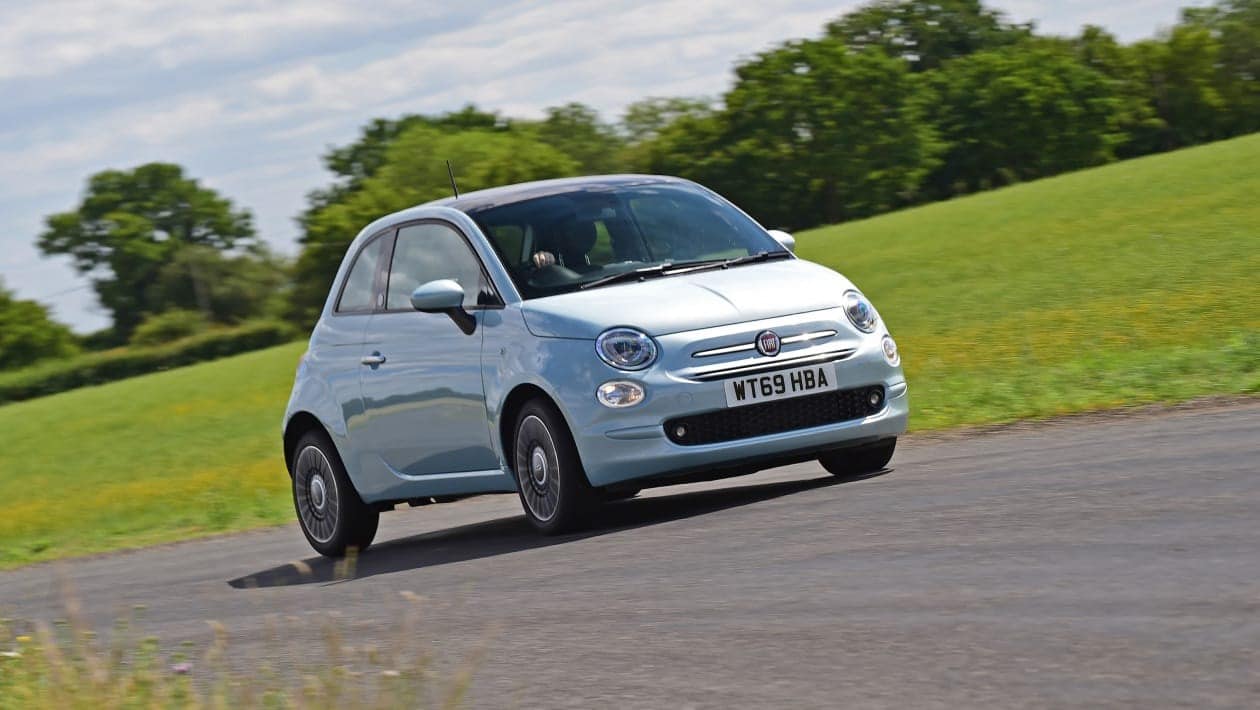
Real-World Fuel Efficiency
While official MPG ratings give us a good baseline of a vehicle’s fuel efficiency, it is important to consider real-world driving conditions as well. Factors such as traffic congestion, terrain, driving style, and payload can affect a car’s actual MPG.
In independent tests and owner reviews, the Fiat 500 hatchback has generally performed close to its official MPG ratings. However, it is worth noting that aggressive driving habits or consistently carrying heavy loads can have a negative impact on fuel efficiency.
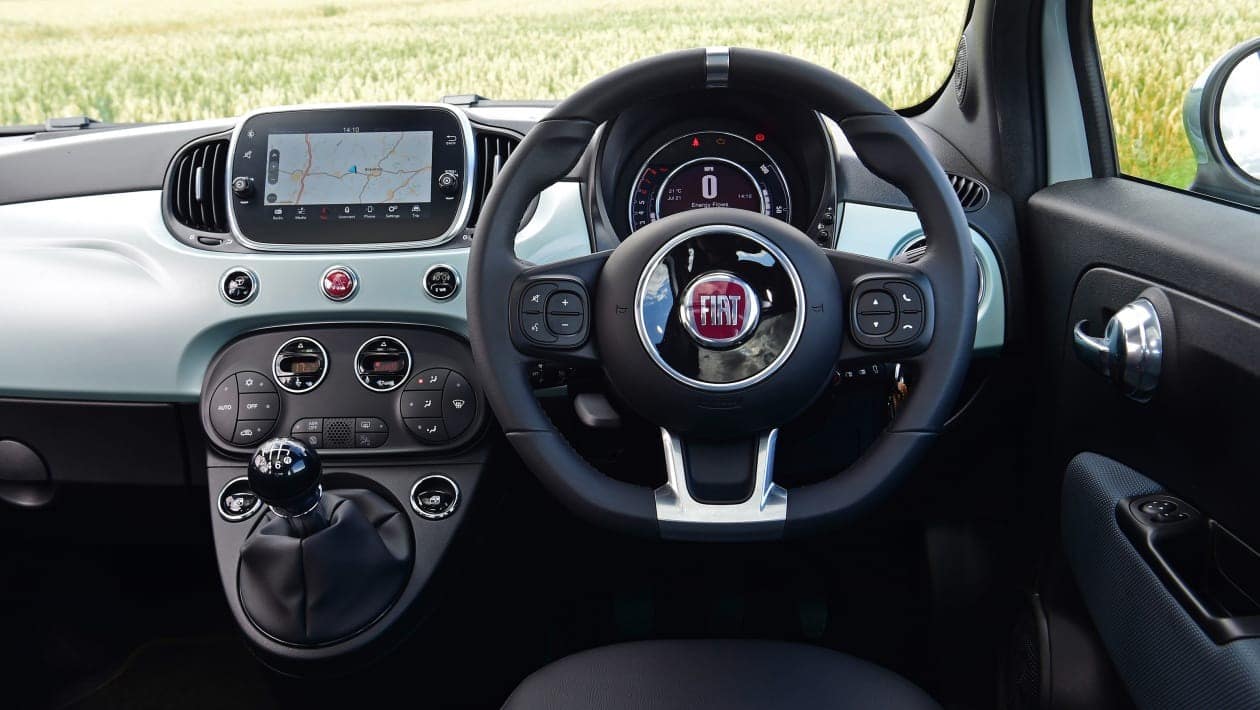
Fuel Efficiency Tips
To make the most out of your Fiat 500’s fuel efficiency, here are some tips:
- Maintain Proper Tire Pressure: Keeping your tires properly inflated can improve fuel efficiency by reducing rolling resistance.
- Drive Smoothly: Avoid sudden acceleration or braking, as these actions waste fuel. Instead, try to maintain a steady speed and anticipate traffic conditions ahead.
- Remove Excess Weight: Carrying unnecessary items in your vehicle adds extra weight and reduces fuel efficiency. Clean out your trunk and remove any items that you don’t need.
- Plan Efficient Routes: When possible, plan your journeys to avoid heavy traffic or hilly terrain that could negatively impact your MPG.
- Regular Maintenance: Following the recommended maintenance schedule for your Fiat 500 will ensure that it continues to perform optimally and maintain its fuel efficiency.
The Fiat 500 Mild Hybrid is a popular choice among young drivers as their first car, mainly due to its relatively affordable insurance costs. Insurance for this vehicle starts at group eight, although there are even cheaper options available for more conventional competitors like the Hyundai i10.
In terms of warranty, every new Fiat comes with unlimited mileage coverage for two years. This can be extended to three years, provided that the mileage does not exceed 100,000 miles. Additionally, Fiat offers three years of coverage for the paintwork and an eight-year warranty against rust. On top of all this, you also receive 12 months of breakdown cover that begins as soon as you drive away from the dealership. While this warranty package is quite competitive, the Hyundai i10 and Toyota Yaris both offer five years of coverage.
When it comes to servicing, the Fiat 500 requires maintenance either every 12 months or every 18,000 miles, whichever comes first. You can easily keep track of this schedule using the digital display on the dashboard. If you do not drive as much as 18,000 miles per year, Fiat provides a low-mileage service scheme and service plans that can potentially offer more cost-effective options compared to standard servicing.
In conclusion, the Fiat 500 hatchback offers competitive fuel efficiency across its engine options. With its range of MPG ratings and fuel-saving features like start-stop technology and aerodynamic design, it is a viable choice for those seeking a stylish yet efficient compact car. By following fuel efficiency tips and maintaining your vehicle properly, you can maximize the MPG of your Fiat 500 and enjoy a more economical driving experience.

